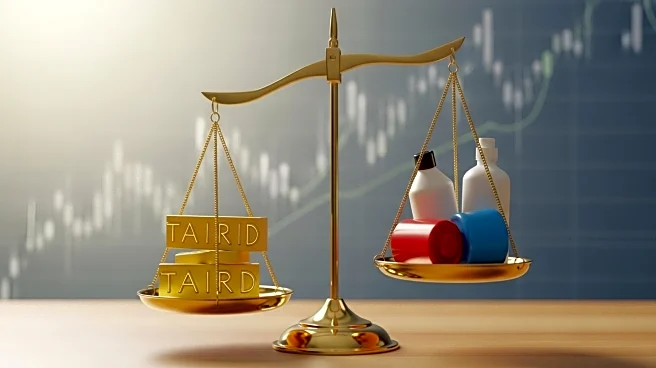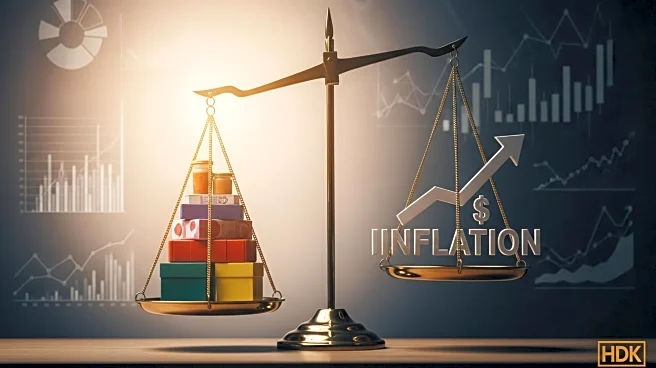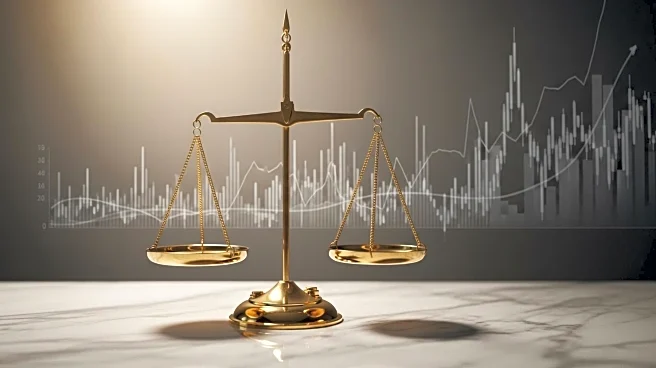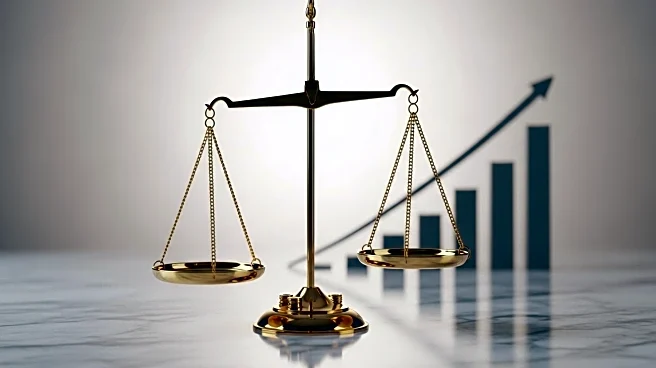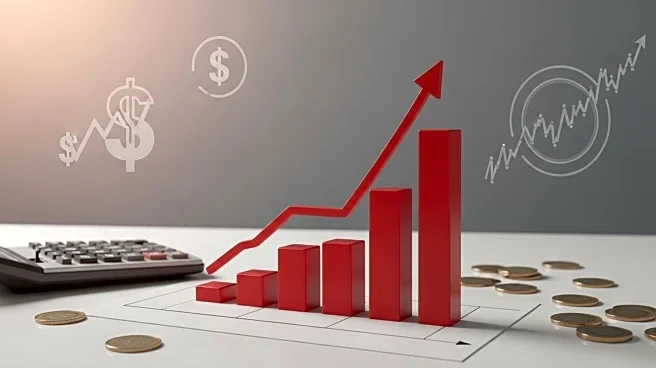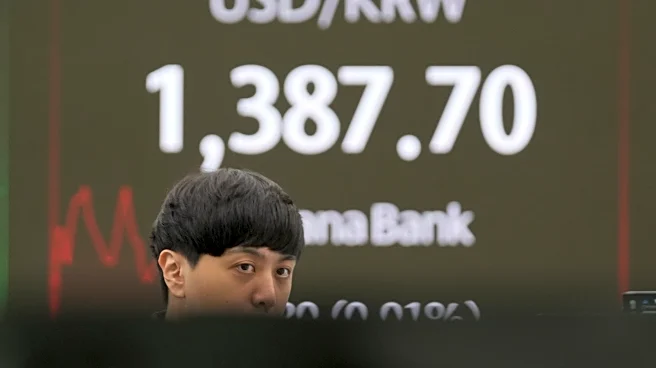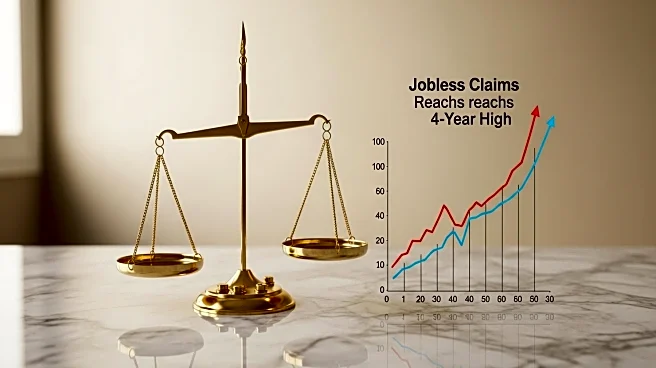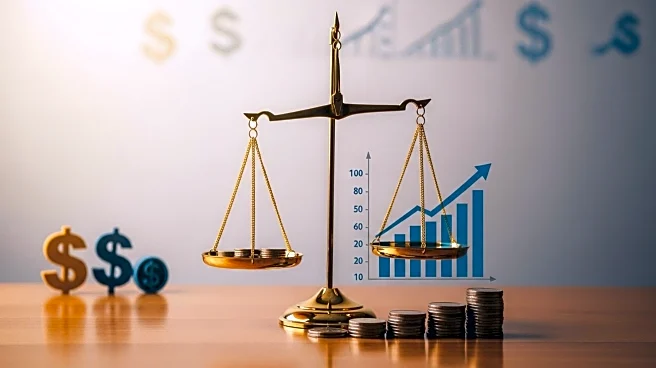What's Happening?
Inflation in the United States accelerated in August 2025, with the consumer price index rising by 2.9% compared to the previous year. Economists attribute this increase to higher prices for goods such as clothing and furniture, driven by tariffs imposed by President Trump. These tariffs, part of a broader trade policy, have led to increased import costs, which companies are gradually passing on to consumers. The Federal Reserve is expected to respond by cutting interest rates to support the job market, despite the risk of maintaining elevated inflation levels.
Why It's Important?
The rising inflation rate poses challenges for both consumers and policymakers. As tariffs contribute to higher prices for essential goods, consumers face increased financial pressure, potentially affecting spending habits and economic growth. For policymakers, balancing inflation control with economic support becomes more complex, especially as the Federal Reserve considers interest rate adjustments. The situation underscores the interconnectedness of trade policies and domestic economic conditions, highlighting the need for strategic decision-making to manage inflationary pressures while supporting economic stability.
What's Next?
The Federal Reserve's anticipated interest rate cut aims to bolster the job market, but it may also prolong inflationary pressures. As companies continue to adjust pricing strategies in response to tariffs, consumers could see further price increases. Policymakers may need to reassess trade policies and explore alternative measures to mitigate inflation's impact. The ongoing legal review of tariff policies by the Supreme Court could also influence future economic strategies, depending on the court's ruling and its implications for trade relations.


